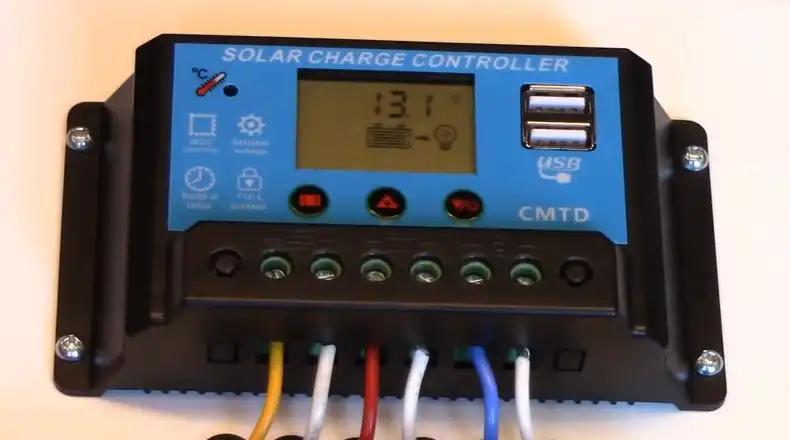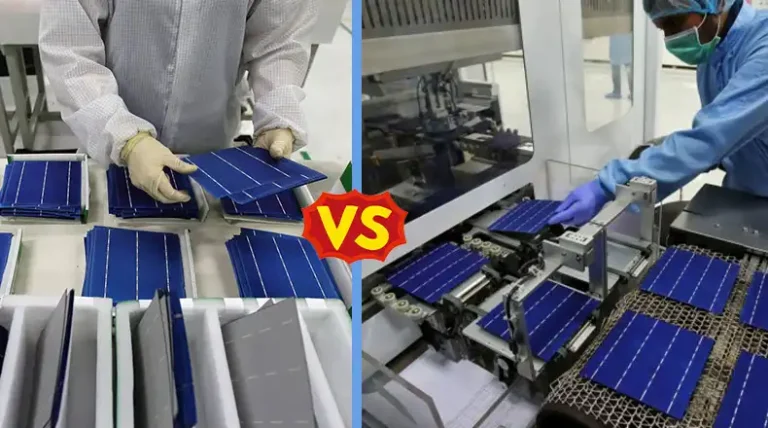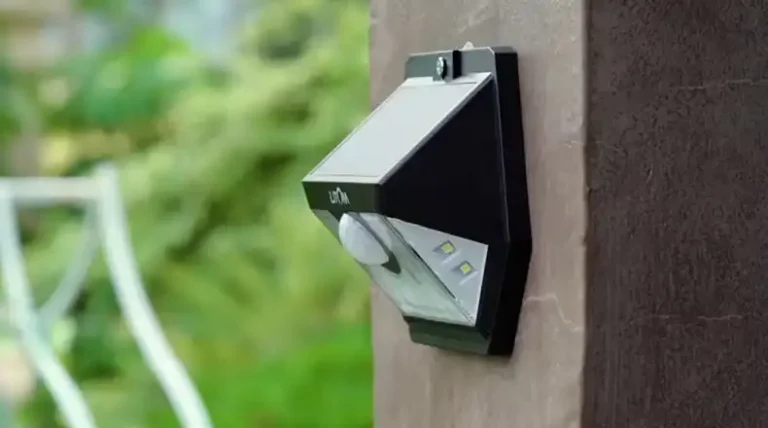Solar Charge Controller Battery Blinking | Reasons
The battery icon blinking on a solar charge controller with an LCD display conveys specific information about the battery charging process. It indicates whether the battery is fully charged, running well, or losing power and needs to be charged in time.
The blinking pattern and color changes of the battery icon provide essential status updates to ensure efficient and reliable solar power utilization.

The Reasons for Solar Charge Controller Battery Blinking
The battery icon typically consists of a power bar inside, which dynamically shows the amount of power charged into the battery. The power bar will be full when the battery is fully charged, indicating it has reached its maximum capacity.
If the battery icon is fast flashing, it has been fully charged and operates optimally. This indicates that the solar charge controller has successfully completed the charging process, and the battery is in good condition.
On the other hand, if the battery icon is slowly flashing, it signals that the battery is losing power and needs to be charged promptly. This could be due to the depletion of stored energy in the battery, and timely charging is essential to ensure continuous and reliable power supply.
Battery LED Light Blinking Green
In LED mode, the solar charge controller uses LED light indicators to display the battery charging status. When the battery is charging, the LED indicator is green and remains steadily illuminated. Once the battery is fully charged, the status indicator turns green and starts flashing slowly to signify the completion of the charging process.

Image 1: Solar Charger Controller LED Light Blinking Green.
Battery LED Light Blinking Orange
Furthermore, the LED light on the solar charge controller will change color based on the battery’s voltage levels. When the voltage decreases to the under-voltage level, the LED light turns orange or yellow, indicating a low battery condition. At this point, it is crucial to take prompt action to recharge the battery to prevent over-discharging and potential damage to the battery.

Image 2: Solar Charger Controller LED Light Blinking Orange.
Finally, the LED light turns red if the battery voltage drops to the over-discharge level. In this situation, the solar charge controller automatically shuts down the output to protect the battery from further discharge. This serves as a reminder to the user to recharge the battery promptly to maintain its health and prevent irreversible damage.
Frequently Asked Questions (FAQs)
- Can the Solar Charge Controller Display Any Other Warning Signs to Alert Users About Potential Battery Issues?
Answer: Yes, solar charge controllers may show warning indicators like low battery voltage warnings, overcharge protection warnings, battery fault warnings, low battery capacity warnings, and temperature warnings to inform users about potential battery issues and aid in improving the performance of their solar energy system while safeguarding the battery from harm.
- What Are Some Best Practices for Maintaining the Battery’s Health and Prolonging Its Lifespan Based on the Information Provided by the Solar Charge Controller?
Answer: Monitor the battery symbol frequently for prompt action to preserve battery health and lengthen longevity based on data from the solar charge controller. When the battery’s voltage warning light appears, charge it immediately. With a compatible controller and routine maintenance, you can prevent overcharging.
To conclude
The blinking and color-changing battery icons and LED indicators on a solar charge controller provide valuable information about the battery’s charging status and health. By interpreting these signals correctly and taking appropriate actions, users can ensure optimal performance, prolong battery life, and maintain a reliable power supply from their solar energy systems.






